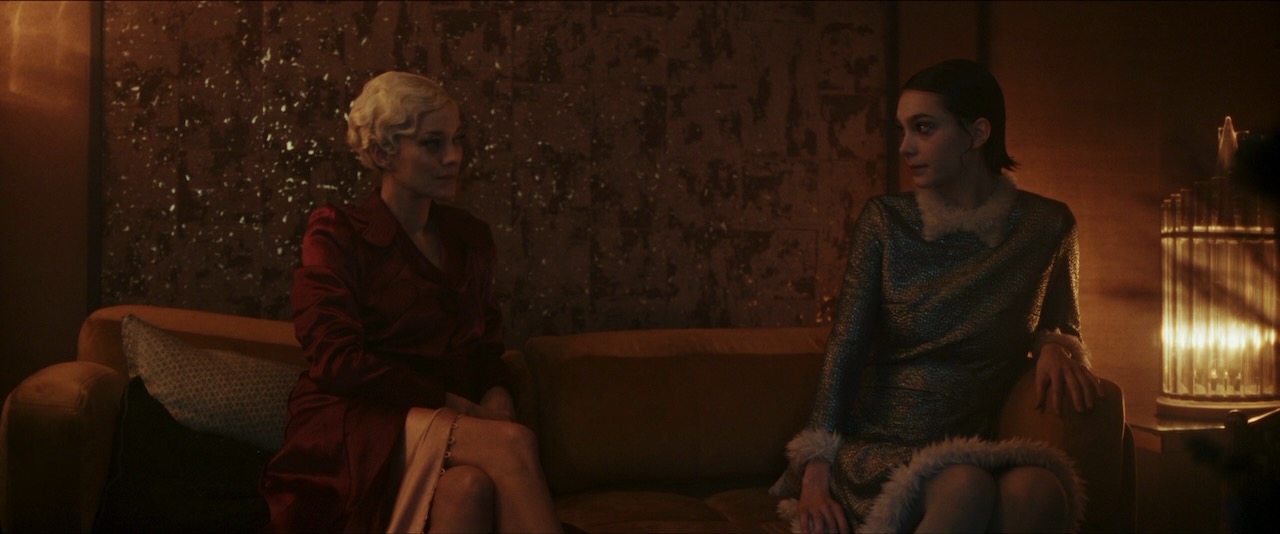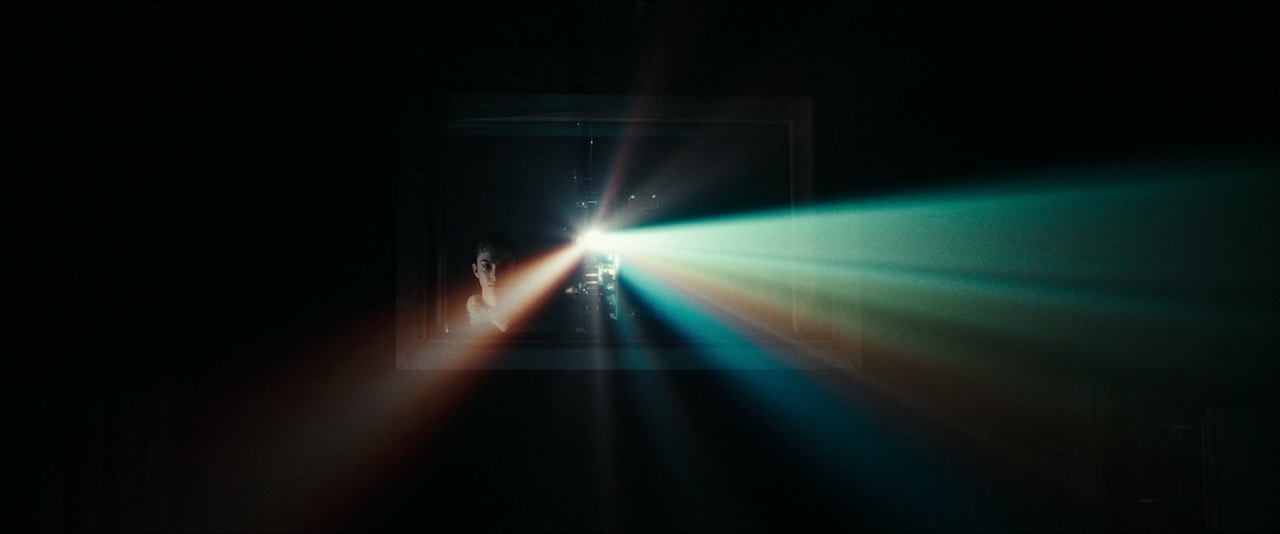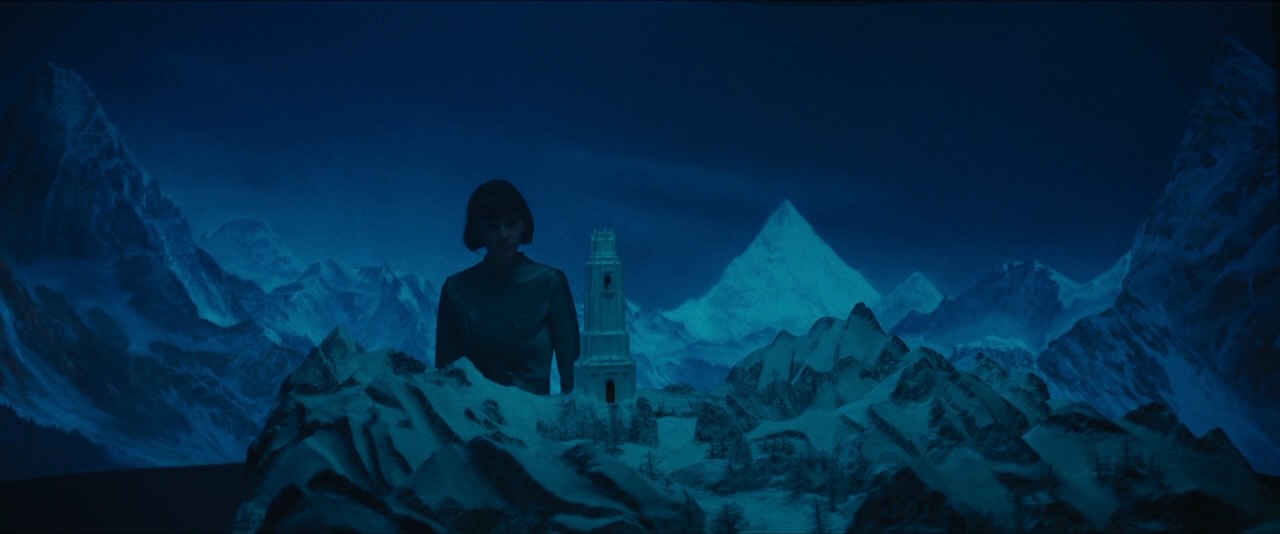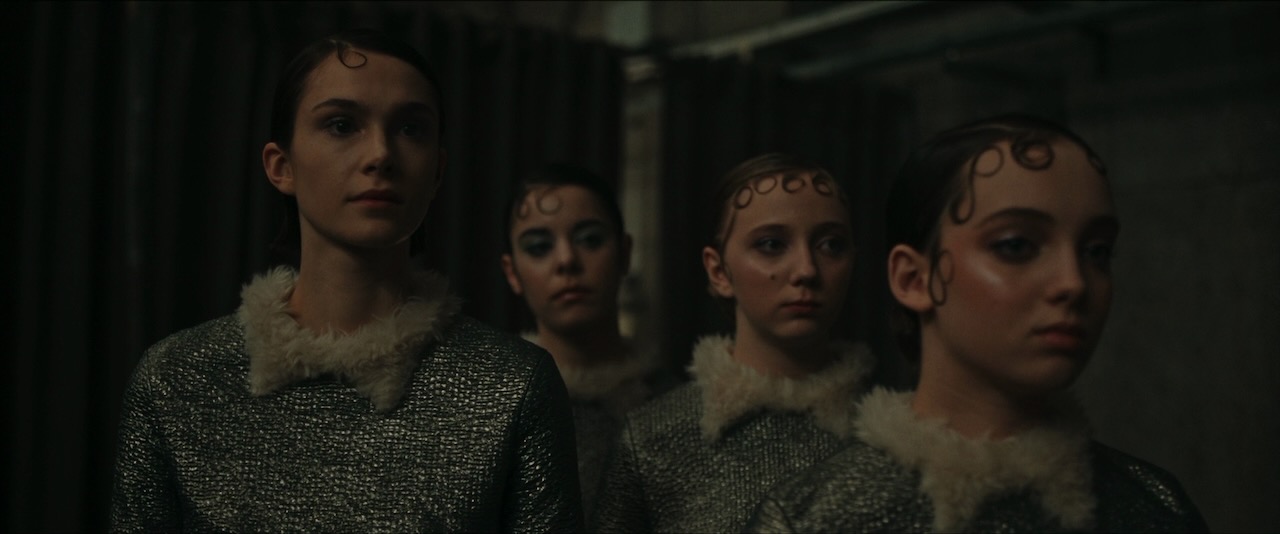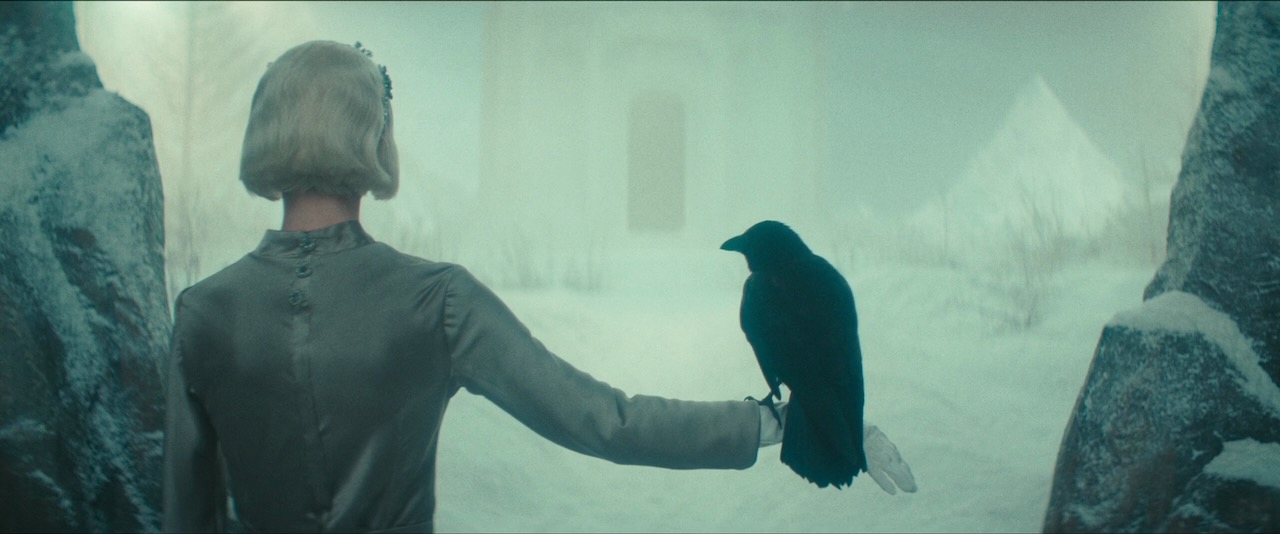Peter Tscherkassky’s Cinemascope Trilogy
I’ve watched these before, first in 2008 and at least once since then, but this time I thought to play them on the big TV while listening in headphones to better hear the audio textures over the noise of our air conditioner – a good idea!
L’arriveÌe (1999)
One short scene: a train arrives, woman gets off and hugs the guy waiting for her, but given every available footage treatment within its two minutes, soft fluttering on the soundtrack.

–
Outer Space (1999)
The crazy one – this holds up better than ever in HD. As much care given to the soundtrack as the visuals, full of fluttering, looping and reversing.

–
Dream Work (2001)
Dedicated to Man Ray. This is my jam… appreciation of classic cinema while also interrogating/destroying it. This same day I read a couple of articles mentioning nostalgia in cinema, Letterboxd’s interview with Rick Alverson, and a Ringer review of the new Refn series, which gets compared to Twin Peaks: “Showtime gave the auteur free rein under the pretext of Twin Peaks nostalgia, even if Lynch ultimately sought to weaponize those feelings against his audience.” I think Weaponized Nostalgia needs to be a new genre.

–
Shot-Countershot (1987, Peter Tscherkassky)
Ooooh, never seen this before. Scene from a classic film, slightly processed, of a guy playing harmonica, drawing his gun, and getting drilled. It’s a single camera take, so I assume the title is a gunshot joke. This 20-second bit of silliness does not detract from my love of his major works.

–
Crossroad (2005, Phil Solomon)
Argh, machinima. A dude in Second Life acts bored in a rainstorm, and runs in circles through a forest, a bouquet of flowers spinning nearby as if suspended from a string. I did appreciate the way the 3D objects clipped as they spun too close to the camera, revealing themselves as origami structures of 2D surfaces. Dedicated to David Gatten. I’ve only seen one other film by Solomon, in Nashville a decade ago. This was codirected with Mark LaPore, who died the same year.

–
Liberian Boy (2015, Mati Diop & Manon Lutanie)
I felt guilty finally watching my first Mati Diop film without African Studies Katy, while she sat unaware in the other room, but I’m not sure she’d have gotten much out of this white kid doing (very good!) Michael Jackson moves against a greenscreen whilst holding a knife. Lacking any African studies scholars in the room, I don’t know what it meant, but it’s a cool piece. The kid also appears in the latest Nobuhiro Suwa film.

–
Shoot (2014, Gaspar Noe)
The camera is a soccer ball (representing France?), kicked around in a courtyard – pretty nice La Region Centrale rig with an unpleasant soundtrack of percussive kicks mixed with tinnitus whine.

–
Nectar (2014, Lucile Hadzihalilovic)
Nectar is collected from the body of a flower-eating woman. Hive-honey harvesters seduce men into a Matrix global pollination scenario. Olga from Film Socialisme plays the Queen of Bees.

–
Two-Gun Mickey (1934, Ben Sharpsteen)
Minnie is cruel to animals. Mickey rescues her after a shootout with Pegleg Pete and his men. The movie promotes automatic weapon use, and makes an overweight, handicapped foreigner the villain.

–
The Fly (1980, Ferenc Rofusz)
Pleasantly short fisheye (flyeye?) lens animation from a fly’s POV, entering a house and being vanquished by a resident. Won the oscar, the only other nominees being one by the Evolution guy and one by The Man Who Planted Trees guy. The Hungarian director was still making shorts as of 2017.

–
Toy Sequence (1990, Péter Szoboszlay)
Fun, short Toy Story prequel, a nursery coming to stop-motion life in the night, the pieces transforming and rearranging themselves, and the dolls being generally creepy.

–
Filmstudie (1926, Hans Richter)
Richter the dark Master of light, pattern and pacing, a hundred years ahead of his time. I’ve previously raved about three of his other shorts – was not impressed with my terrible copy of his late collaboration with Cocteau, but overall it looks like I’ve loved his work and need to check out his feature Dreams That Money Can Buy. Anyway this one is mostly eyeballs and wands of light, but it’s impressive.

–
Night Music (1986, Stan Brakhage)
I forget just how short this is, not counting titles and credits. The film I’ve watched the most times.

